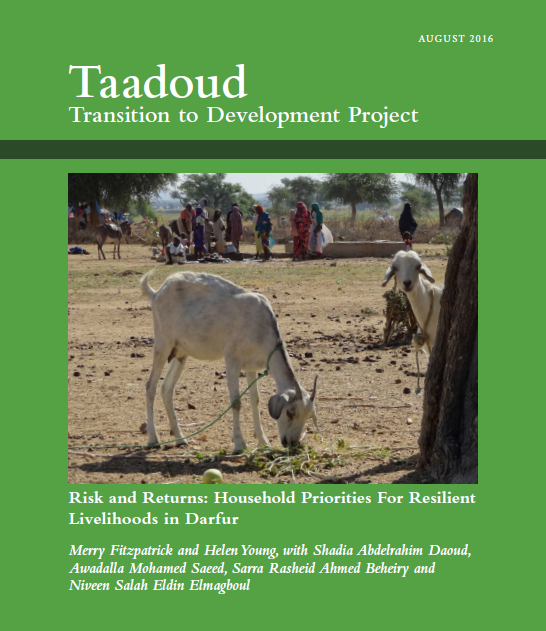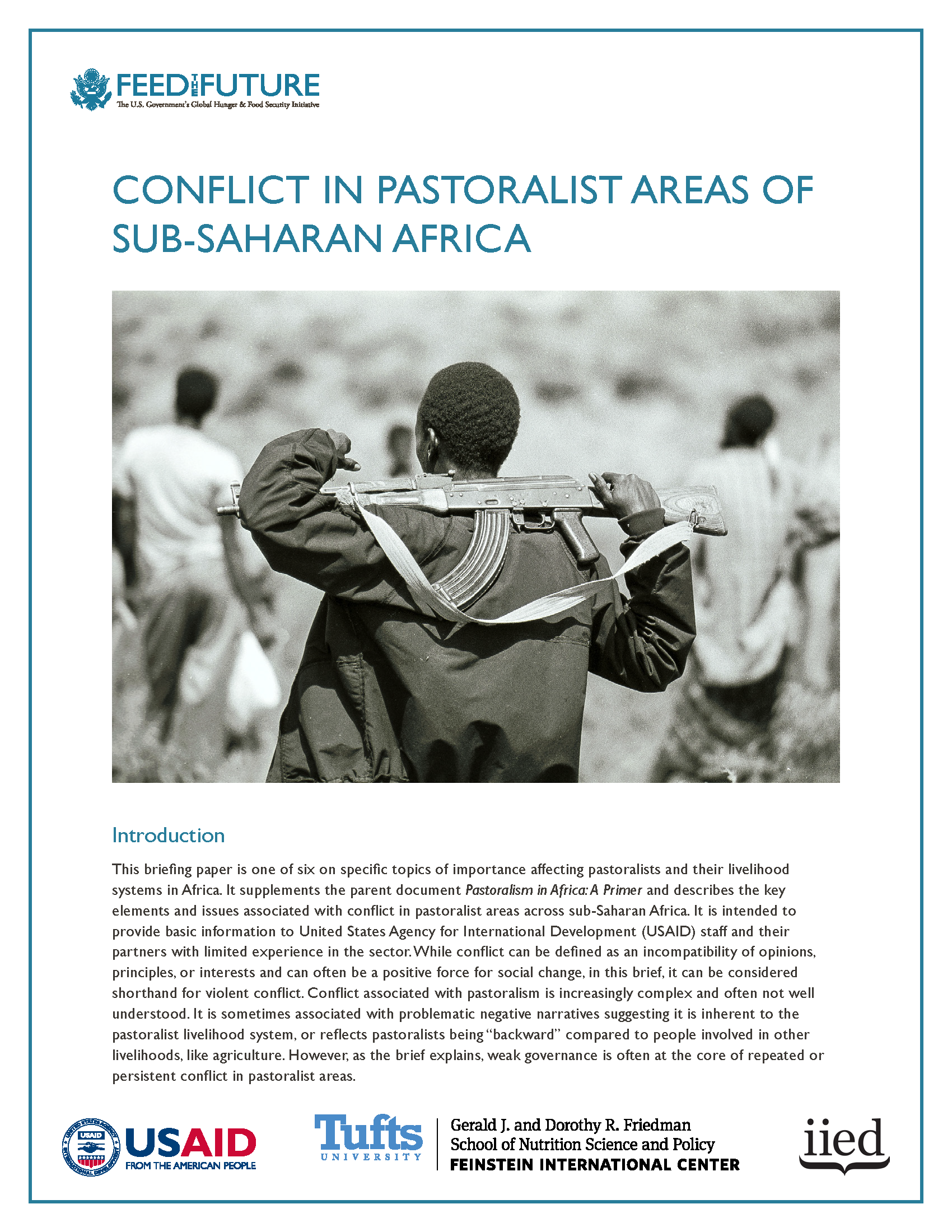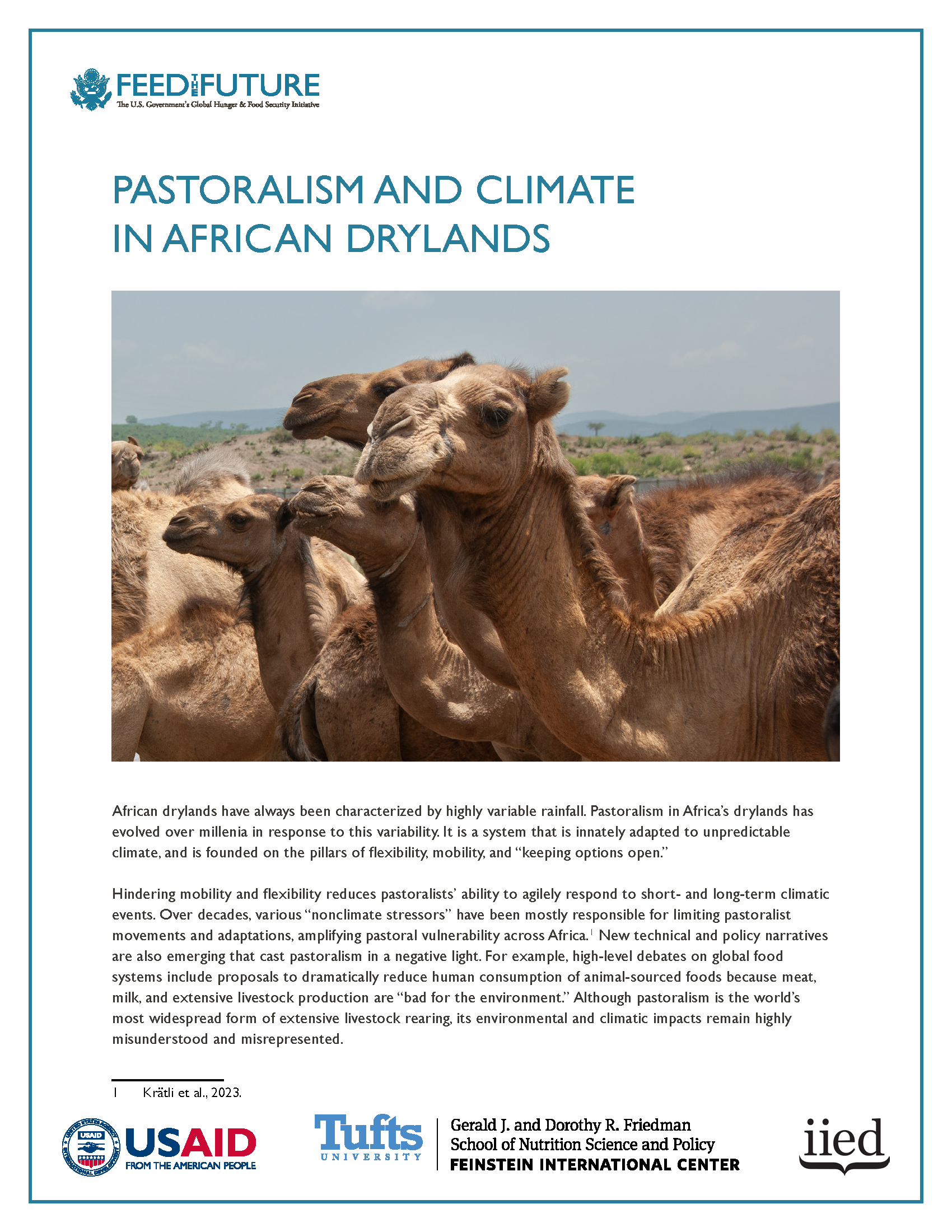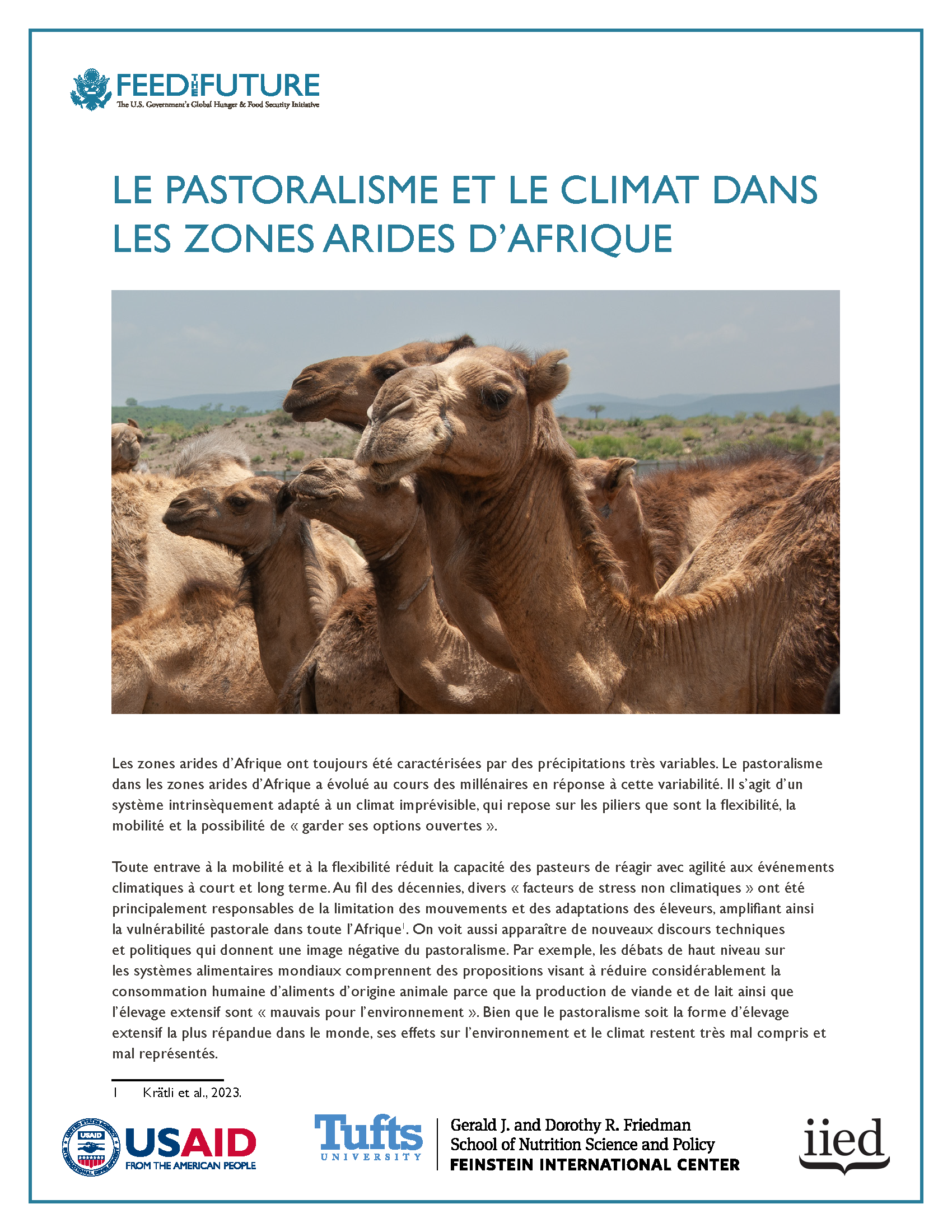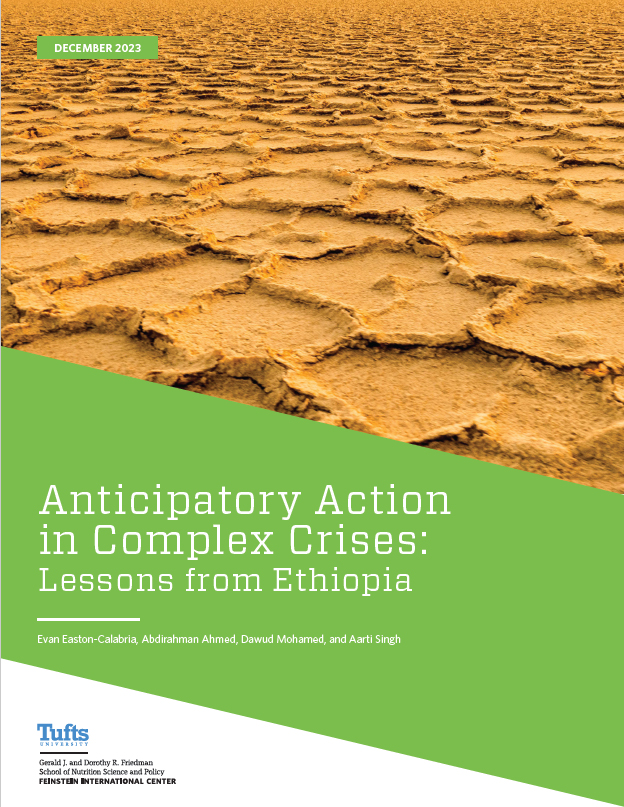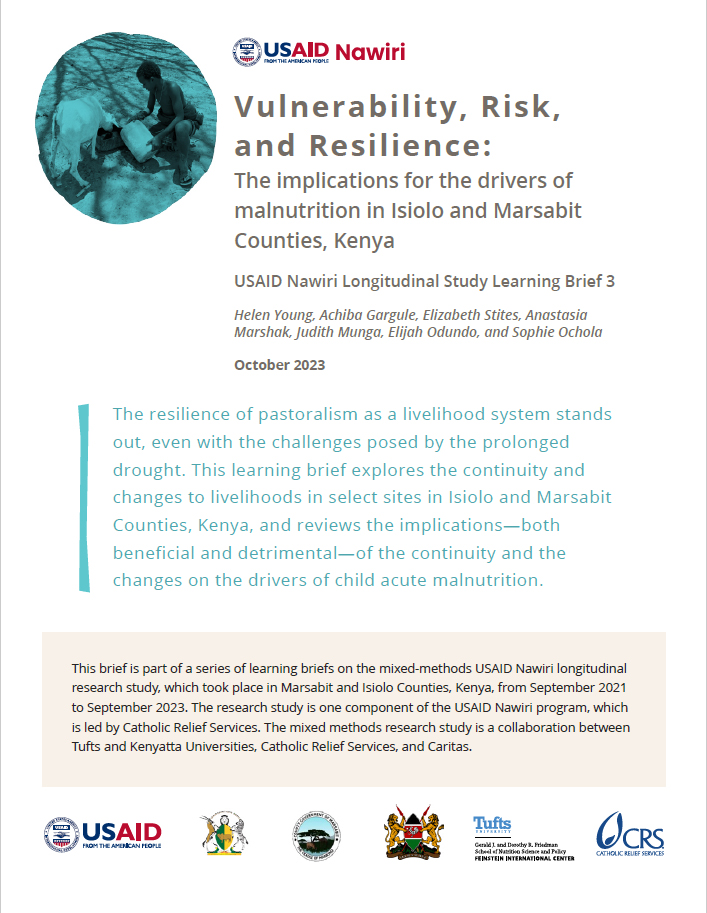The people of the Sudan’s Darfur Region have experienced numerous shocks of various types over the past 15 years. This report describes exactly how shocks have affected specific livelihoods in Darfur, the extent to which people have been successful at recovering their self-sufficiency, and why. We found that households make calculated decisions based on balancing the potential risks and returns of activities in light of shocks. We found that some key factors influencing resilience and recovery in this context include:
-The ability to engage in cultivation and livestock rearing: This is the principle driver of a household’s success in sustaining itself during a shock and drives recovery because it has the highest potential returns compared to risk incurred by the household.
– Power relations influencing access to natural resources: The key to cultivation and livestock rearing is the sustainable, inclusive management of natural resources which depends primarily on power dynamics and the nature of the relationships among the users of these natural resources.
– The role of markets in coping and recovery: Markets and trade are crucially important in relation to the demand for the output from cultivating crops and buying and selling livestock and for supplying the inputs needed for these activities (seeds, tools, livestock drugs, etc.).
These findings highlight that local solutions are generally the most effective in managing local natural resources, but are heavily influenced by national and state policy.
This study builds on the findings reported in “The Road to Resilience: A Scoping Study for the Taadoud Transition to Development Project” published in early 2016. Together, these studies contribute to our understanding of resilience in the Darfur context, the nature of resilience in general, and provide guidance toward promoting resilience.

